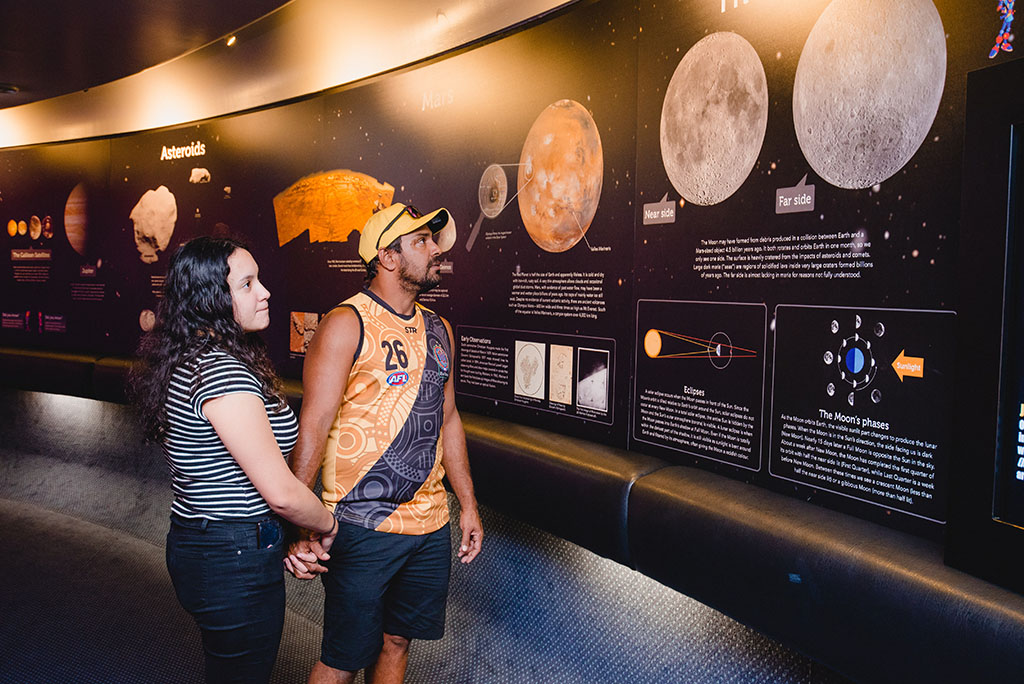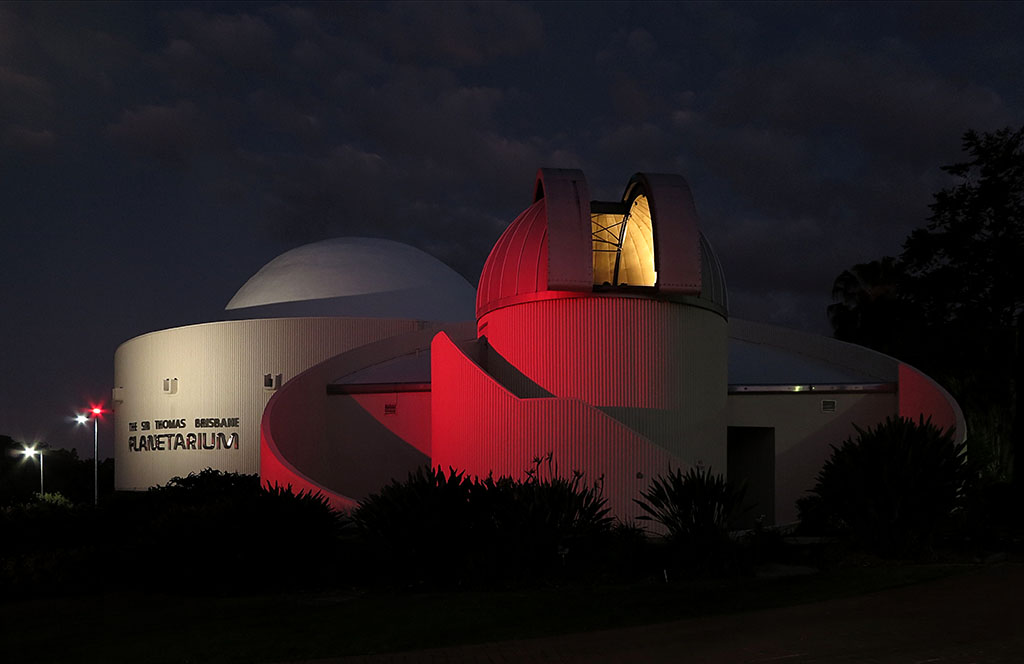
We chatted with Brisbane City Council’s Sir Thomas Brisbane Planetarium Curator and astronomer, Mark Rigby about the stars, the moon and comets:
Tell us about the upcoming Halley’s Comet?
Halley’s Comet will not be seen with the naked eye until 2061 (41 years from now). It is currently further from the Sun than the planet Neptune. While Halley’s Comet is not visible, around this time each year Earth moves through dust that has been ejected by the comet when it is nearest the Sun and which now is spread out along its orbit.
What’s the best way to watch this meteor shower from home?
The best way to see the eta Aquariid meteor shower is to be outside between 3am and 5am over coming mornings with the best day being the 5th of May. Moon light will interfere after the 5th. Be in a place where there are no outside lights or streetlights shining in your eyes. Get comfortable and simply watch the sky; the meteors will seem to come from the East. You want to be able to see as much of the sky as you can so try to avoid a place with trees or buildings blocking your view. You do not need binoculars or a telescope – just use your eyes.

What inspired your passion for astronomy?
My interest and passion for astronomy and space exploration goes back to my primary school days in the early to mid-1960s, and the excitement of humans travelling into space and robotic probes going to the Moon and inner planets. Apollo Moon landings were still a number of years away.
I received a small telescope and was fascinated with views of the Moon, but I also enjoyed looking at the starry night sky. A real thrill was being one of the few people on the planet to see the Apollo 10 spacecraft being blasted out of Earth orbit above Queensland, to send its crew on a dress rehearsal (minus a lunar landing) for the Apollo 11 mission two months later.
I would have loved to have had a planetarium in Brisbane during my childhood, however in 1978 the Brisbane City Council opened the Sir Thomas Brisbane Planetarium which is now one of the most advanced facilities of its kind in the Southern Hemisphere.
How would you describe your job?
“Master of the Universe” one might say 😊. There are many aspects to the role of Curator of the Sir Thomas Brisbane Planetarium, ranging from administration to presenting programs in the Planetarium’s Cosmic Skydome – a special theatre below a 12.5-metre diameter projection dome, where we provide immersive experiences that are both education and entertaining. It’s in there that we can recreate not only the night sky for anywhere on Earth, but also move to anywhere in the Solar System or beyond.
What are you working on at the moment?
Actually, we are very busy behind the scenes working on new content for displays and presentations, e.g. a new live Moon show and a relaxation show where we leave Brisbane and take the audience on a tour to amazing places on Planet Earth.
What do you love most about what you do?
Astronomy is a science that can be understood and enjoyed by anyone and it is a joy to bring that to people of all ages. I really enjoy presenting our and fully-live ‘Saturday Night Live’ where we take people on a tour of the Universe. I also particularly like presenting live school shows, especially for young children.
About Sir Brisbane Planetarium
Each year the Sir Brisbane Planetarium hosts around 1,400 shows, with past highlights including Cosmic Collisions, Passport to the Universe, The Search for Life, Perfect Little Planet.
Leave a Reply